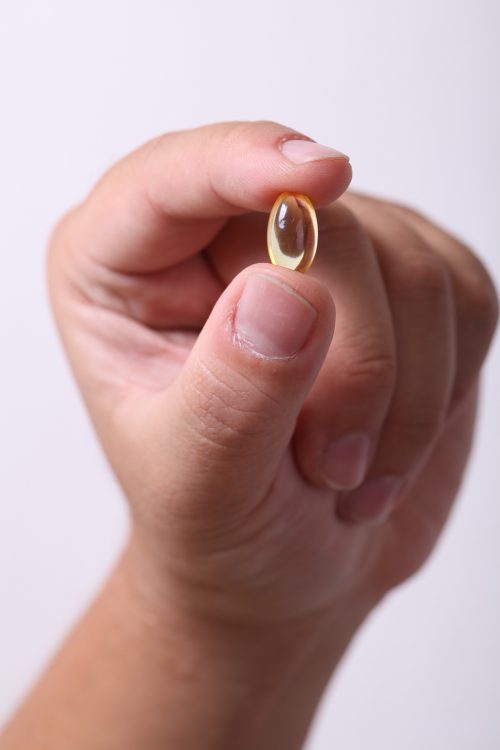The Pocket Points app requires geofences in order to work properly. Although somewhat foreign to the layman, geofences offer many beneficial advantages. art by Joy Park
Cell phones plague the classrooms of RBHS, posing as a distraction to many of the school’s students. In order to address this problem, school faculty considered utilizing Pocket Points, an app that incentivizes students to lower their phone usage, at the faculty meeting yesterday.
Rukstad first heard of the program when University of Missouri-Columbia senior Jeremy Terman, who works for the app, contacted her with the proposition. She had not searched for a solution previously, but wouldn’t turn down an opportunity when one rose.
“I wasn’t really looking for a solution, because I was kind of like, ‘we’re just gonna have to live with it’,” Dr. Rukstad said. “I don’t know, we’ll see what the teachers have to say. It was intriguing enough to me when he met with me that I thought, ‘Hmm, let’s talk about this.’”
The app works with a geofence field, which is a virtual barrier placed around an area, defined by the Global Positioning System (GPS). When a phone is within the field, it enables the ability to track what occurs on the device, Dr. Rukstad said. She likened the restricted area to Yik Yak, an app that facilitates anonymous conversation.
“It’s similar to Yik Yak and how Yik Yak can’t be used in certain places because they’ve placed geofences in certain areas,” Dr. Rukstad said. “When a device is inside or outside the fence, different things can be accessed.”
AP World teacher Katherine Sasser believes while the concept is a good idea, it will only work if the students comply.
“If students hear about it, and the majority of students start using it because the benefits are greater than keeping their cell phone out, then I definitely think it will help,” Sasser said. “But it would have to be the majority of students subscribing to the program for it to work well.”
Senior Brendan Fish often uses his phone in class for social media purposes and thinks the effort to curb phone usage is one made with good intentions, yet the problem lies with more than just cellular phones.
“Overall, it is a distraction, but I think cell phone usage right now is almost as big of a distraction as iPad usage because the iPads have almost become a second cell phone for people in class,” Fish said. “The two kind of work together because, overall, people are playing games in class, and it is kind of a big distracting depending on what class you’re in.”
Sasser says that people play smartphone games because of the transition periods that occur during class, which drives students to find something to occupy their time with.
“People are conditioned to pick up their phones when they aren’t doing anything, and that happens in class,” Sasser said. “So when there is a down moment or even when they are waiting for instructions they will get on their phones and it is difficult sometimes to get them out of cell phone mode.”
Despite this, Rukstad says working toward eliminating phones completely could never work out, and so the school has to consider other methods.
“I kind of see them kind of like the digital watch — you can’t really ban them, there are teachers who wish we would, and it’s just, we would not be able to do that,” Dr. Rukstad said. ”They are too much into the fabric of our [community’s] culture.”
How often do you use your cell phone?
Would this app help you stay focused in class?
New app proposed, hinders student cell phone use
January 28, 2016
1
0
More to Discover




















































































Ann Fitzmaurice • Jan 28, 2016 at 7:51 pm
I’m on my cell phone all the time and I’m happy with it. It isn’t distracting from my learning because I can control myself. I don’t believe cell phones are something people have no control over for that matter. My phone can only distract my learning when I let it, so I just won’t.